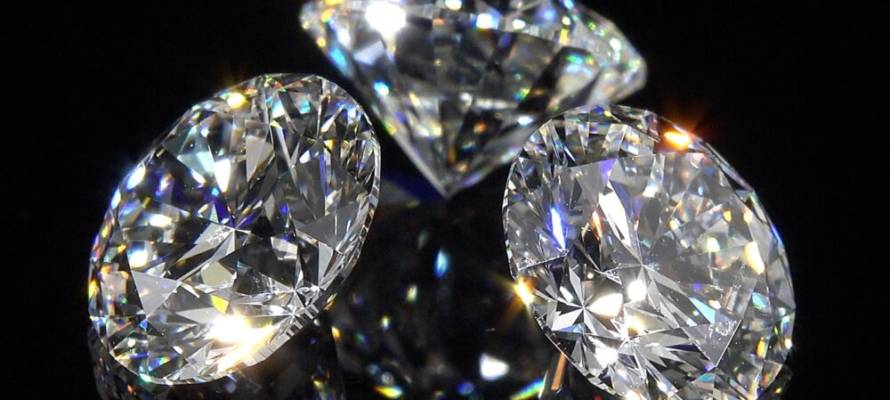Unlike existing methods, this innovation offers a more affordable solution, making it accessible to a broader range of jewelers and gemologists.
By Pesach Benson, TPS
A groundbreaking patent by a professor at Israel’s Ariel University promises to revolutionize the diamond industry by offering a reliable and cost-effective method for distinguishing between natural and synthetic diamonds.
This innovation comes at a crucial time, as the market is increasingly flooded with synthetic diamonds whose lower prices pose significant challenges to the traditional gemstone sector.
The commercial importance of this development lies in its ability to address a pressing industry need. Synthetic diamonds, produced in laboratories through advanced techniques like High Pressure, High Temperature (HPHT) and Chemical Vapor Deposition (CVD), have seen a dramatic rise in popularity, costing 20-40% less than natural diamonds.
However, this affordability has disrupted the market, increasing demand for a dependable system to verify the origin of diamonds.
The patented technology was developed by Dr. Yossi Rabinovitch as part of his doctoral thesis at Ariel University.
Rabinovich leveraged advanced spectroscopy and imaging techniques to identify subtle differences in diamond structure.
By analyzing fluorescence patterns under UV light or atomic-level variations through laser-based methods, Rabinovitch’s system can quickly and accurately determine a diamond’s origin.
Unlike existing methods, this innovation offers a more affordable solution, making it accessible to a broader range of jewelers and gemologists.
Visually, natural and synthethic diamonds are identical to the naked eye.
Natural diamonds are formed deep within the Earth’s mantle over billions of years under extreme pressure and heat. This slow process creates unique inclusions and imperfections that serve as geological fingerprints. In contrast, synthetic diamonds are grown in controlled lab environments within weeks. While they share the same chemical composition and crystalline structure as natural diamonds, they often exhibit distinctive growth patterns and fewer imperfections.
According to the “Synthetic Diamonds – Global Strategic Business Report” released in October, the global market for synthetic diamonds is projected to reach $21.4 billion in 2030, compared to $15.3 billion in 2023. They are increasingly being used in electronics, optical, and cutting tool industries. Researchers are also exploring the use of nanodiamonds in the fields of medicine, aerospace, automobiles and electronics.
However, criminals have also taken advantage of synthetic diamonds. In December 2023, police in Hong Kong arrested four people who exported synthetic diamonds to India with fictitious paperwork declaring them to be natural diamonds. The synthetic diamonds were the centerpiece of a $64 million money laundering scheme.
Do You Love Israel? Make a Donation - Show Your Support!
Donate to vital charities that help protect Israeli citizens and inspire millions around the world to support Israel too!
Now more than ever, Israel needs your help to fight and win the war -- including on the battlefield of public opinion.
Antisemitism, anti-Israel bias and boycotts are out of control. Israel's enemies are inciting terror and violence against innocent Israelis and Jews around the world. Help us fight back!



